Pottery Barn Lands in London: The Iconic American Homeware Brand Enters the UK Market
There’s a particular pleasure in witnessing a familiar favourite finally arrive on your doorstep. For British readers who have long admired Pottery Barn from across the Atlantic—whether from glossy pins on moodboards, the occasional sitcom cameo, or a yearning for that unmistakable layered Americana aesthetic—the brand’s official debut in the United Kingdom feels like the home-store equivalent of a well-travelled friend returning with stories and souvenirs. This autumn, Pottery Barn has done just that: launching a UK website and opening a pop-up shop in London, giving local customers their first chance to experience the brand in person and online with services tailored to the British market.
Pottery Barn’s arrival is both strategic and sentimental. As part of Williams-Sonoma, Inc.’s carefully considered global expansion, the brand has been thoughtfully introduced to British shoppers via a dedicated UK website and a month-long pop-up hosted inside an already-familiar sibling brand’s London store. The pop-up—located at West Elm’s Tottenham Court Road boutique—opened on October 23rd. It is more than a mere display of wares; it is a curated salon where texture, proportion and crafted detail are on full show, a tactile prelude to the larger assortment available online. For FQM’s readers, who prize well-made furniture and interiors with narrative depth, this approach feels respectful rather than rushed.
What makes Pottery Barn’s launch noteworthy is how it balances its American DNA with an awareness of British tastes. The autumn edit arriving in the UK leans into natural materials, warm neutrals and practical luxury—bouclé sofas, linen bedding, travertine serving boards, and lamps whose silhouettes nod to the classical and the modern alike. Yet the brand keeps its cozy, lived-in sensibility intact: inviting throws, layered rugs, and tabletop pieces that feel ready for both Sunday brunch and a winter dinner party. This is design that reads as heritage without feeling dated — an important distinction for a market that both reveres history and embraces modern restraint.
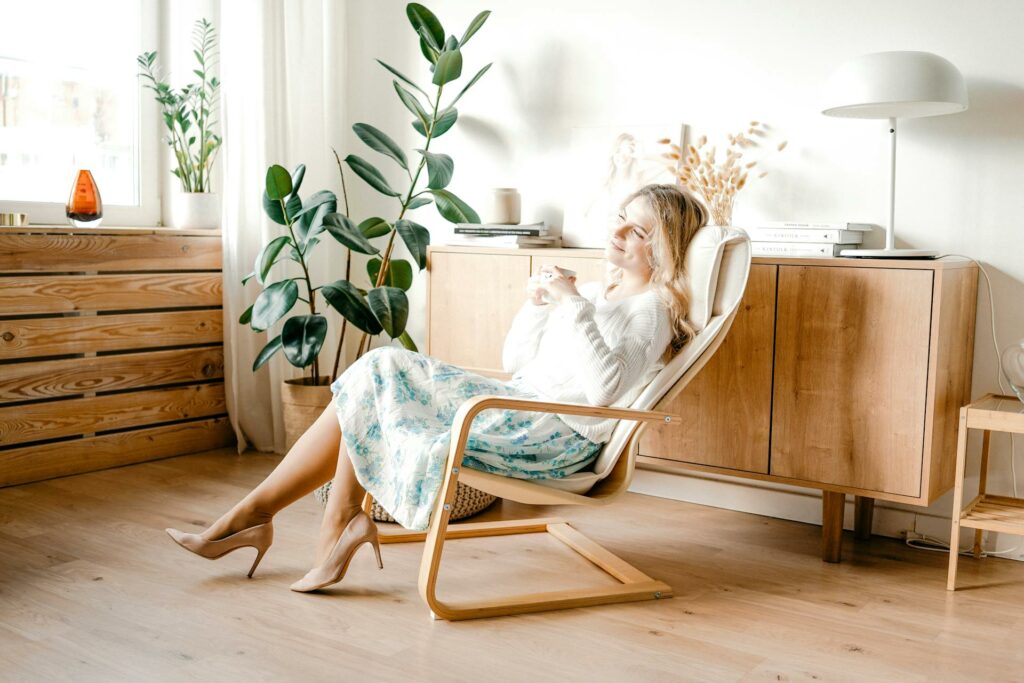
Beyond the product assortment, Pottery Barn’s UK rollout includes services that signal a serious commitment to the British market. The new website offers local shipping and delivery options, and — crucially for anyone who values curated interiors over impulse purchases—Pottery Barn’s Design Crew is available to UK customers. This complimentary service pairs shoppers with design experts for online consultations or in-home appointments, allowing customers to shape rooms with professional guidance rather than merely piecing together beautiful objects one by one. It is a model that respects time-poor buyers and trade professionals alike, and positions the company less as a retailer and more as a creative partner.
There’s also an interesting retail choreography at play. Pottery Barn is leveraging relationships that Williams-Sonoma has already built in the UK: Pottery Barn Kids and West Elm have existing UK websites and West Elm operates brick-and-mortar stores in London. Retail partnerships — including a planned presence with John Lewis later in the year—suggest a multi-channel roll-out that will combine the immediacy of department-store discovery with the depth of Pottery Barn’s own e-commerce narrative. For discerning shoppers, this means accessibility without dilution: a chance to encounter the brand in store, then to explore its full collection online.
For those who cherish the ritual of discovery—wandering through a room and letting a fabric or silhouette reveal itself—the Tottenham Court Road pop-up is instructive. Think of it as a compact Pottery Barn vignette: a dining setting arranged for conversation, a living area staged for the slow, affectionate layering of cushions and throws, and a bedroom vignette that invites an afternoon nap beneath a quilted bedspread. The effect is cinematic and domestic at once: pieces are shown in situ, demonstrating scale and proportion—the very details that photos sometimes fail to convey. If you are a reader who values tactility and proportion, it’s the sort of retail theatre you’ll relish.
Sustainability and material provenance are also part of the story Pottery Barn is telling. As consumers become more attuned to the lifecycle of the objects they bring into their homes, Pottery Barn has leaned into narratives of craftsmanship and longevity. Whether the conversation is about ethically sourced textiles or furniture built to endure beyond a single decorating phase, this emphasis resonates with a readership that prefers investments over trends. It’s reassuring to see a major lifestyle brand foreground durability, especially in an era when the choice to buy well is also a cultural and environmental one. (Pottery Barn’s parent company has highlighted sustainability as a part of its brand values in their UK announcement.)
This debut also sits within a broader cultural moment. American homeware brands have long been admired in the UK for their ability to deliver a different kind of domestic storytelling—one that often celebrates casual gatherings, layered textures and a certain earnest hospitality. Pottery Barn’s aesthetic, which merges the comfortable with the curated, dovetails neatly with current British trends: a renewed interest in cottages and country-house motifs, a desire for tactile interiors, and the continuing appeal of nostalgia (pottery, pun intended) reinterpreted for contemporary life. For French Quarter Magazine readers who travel frequently or split time between cities, Pottery Barn’s UK availability will make it simpler to mix transatlantic pieces without the friction of shipping hurdles or international returns.
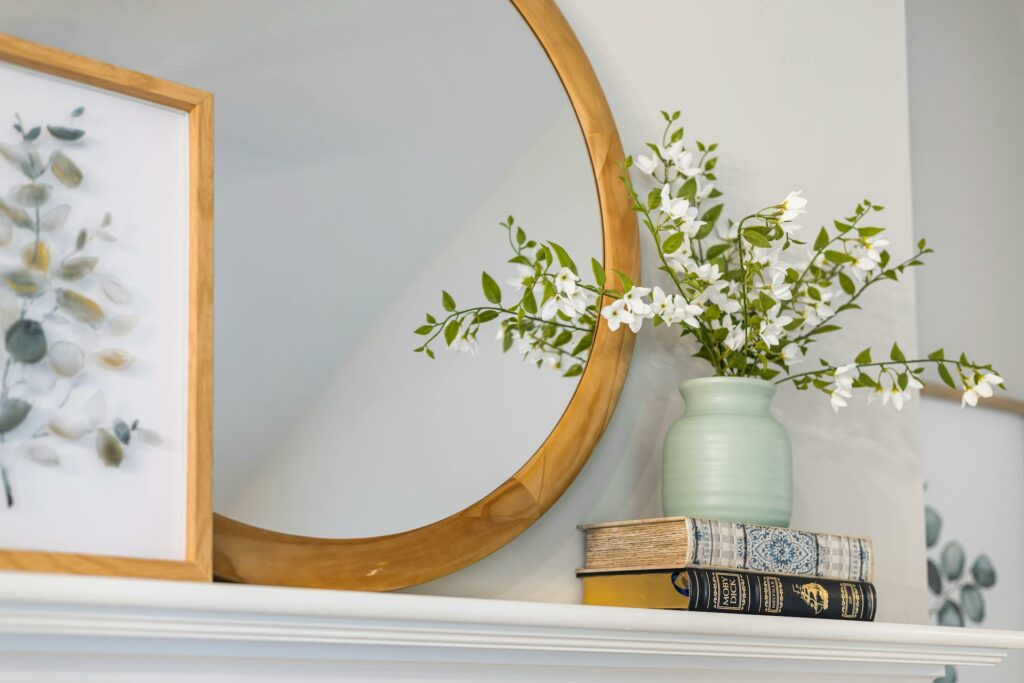
Of course, brand launches invite questions about pricing, product adaptation and scale. Early reporting suggests Pottery Barn is pricing at a premium relative to mass-market competitors—an expectation when craftsmanship and material quality are focal points. Some pieces will carry a luxury tag, yet many items fall into the “attainable luxury” category: statement furnishings that anchor a room, alongside smaller decorative pieces that offer an immediate stylistic lift. Whether shoppers gravitate towards major purchases or begin with tabletop and textiles, the availability of a UK trade program for designers is a welcome move; it signals respect for the local creative community and a willingness to collaborate rather than simply distribute.
For a market like London, where design narratives are richly imagined and interiors are deeply personal, the pop-up offers Pottery Barn a chance to listen as much as to sell. Pop-ups are not just about scarcity or urgency; in the best examples they create a forum for dialogue—feedback on finishes, requests about delivery and returns, and an exchange of design languages between a global brand and local consumers. This dialogue will be important as Pottery Barn scales its UK offering beyond a seasonal pop-up and into more permanent retail partnerships. FQM readers who are design professionals, collectors, or curators of their own domestic worlds will be watching how the brand responds to local sensibilities.
Stylistically, Pottery Barn’s pieces are easy to integrate into varied interiors. A well-proportioned console can serve as the backbone of an urban apartment entry; a textured throw can warm up a contemporary sofa; a sculptural lamp can elevate a bedside table. The brand’s strength lies in its editorial eye—the ability to present items as part of a lived story rather than as isolated commodities. For the French Quarter Magazine audience—who appreciate cultural layering, references to lineage in design, and objects that carry stories—Pottery Barn’s catalog offers plenty of opportunities for tasteful curation. Whether you’re restoring a Georgian townhouse or refining a pied-à-terre with a Parisian sensibility, there are crossover pieces that feel familiar and new at once.
As the autumn season unfolds and Pottery Barn’s Christmas collection hits UK shores, expect the brand to lean into traditions that feel both celebratory and domestic: table linens for long dinners, ornaments that invite memory, and textile choices that encourage a sense of homecoming. For readers who enjoy entertaining, these seasonal narratives are a chance to introduce small, meaningful updates to a home — a new centerpiece, a set of napkins, or a wreath that becomes a conversation starter. For those who prefer slow accumulation over seasonal spectacle, the brand’s depth means you can invest in enduring items that outlast the trends.
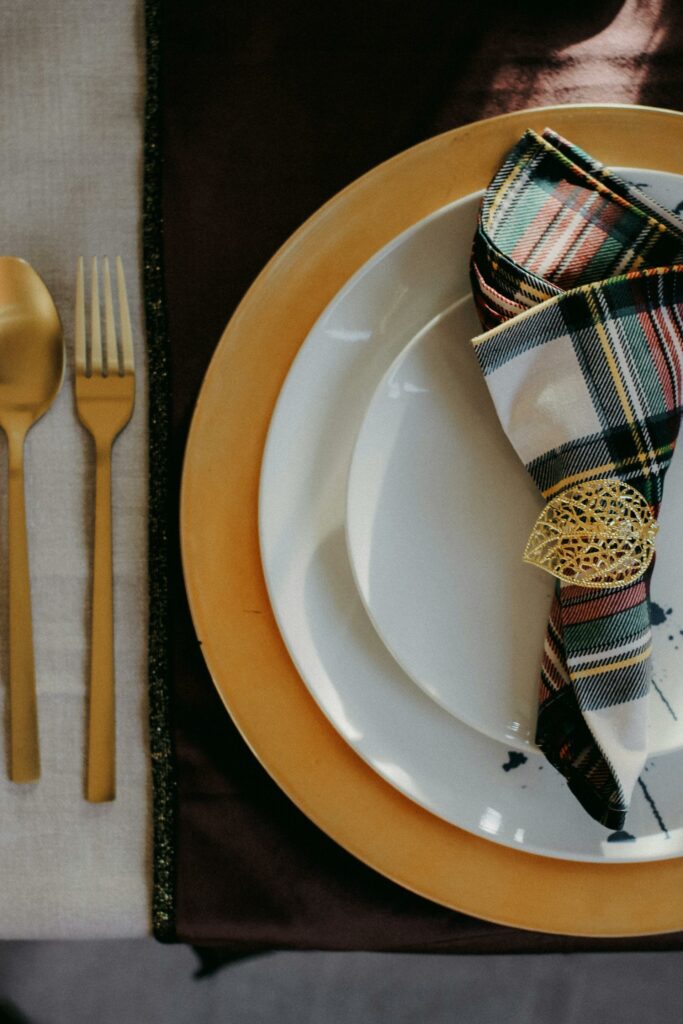
If there is a single takeaway for discerning FQM readers, it is this: Pottery Barn’s UK entrance is not an invasion of aesthetic homogeneity but an invitation to richer choice. It offers a vocabulary of comfort and calm that can be woven into existing interiors with consideration. Whether you visit the Tottenham Court Road pop-up to experience texture and scale, explore the new potterybarn.co.uk site for local delivery, or discover the brand via future John Lewis collaborations, Pottery Barn’s presence expands the palette available to British homes—and does so with an emphasis on service, design support and considered craftsmanship.
For those who love to linger over a fabric sample, discuss scale with a designer, or imagine a room assembled with intention, Pottery Barn’s debut in the UK provides a new resource. It is a rare retail arrival that respects the slow pleasures of home-making while offering the conveniences modern life demands. In a world that often prioritises novelty, the brand’s insistence on quality, warmth and utility feels deliciously old-fashioned in the best possible sense—the sort of ‘old-fashioned’ that understands the value of things made to last.
Palimpsest, provenance, and the pleasure of hospitality: if these are among the values you prize, consider this a formal welcome. Pottery Barn has crossed the water, and for British homes that cherish character, the conversation between American comfort and British restraint has only just begun.
Sources & Further Reading
- Williams-Sonoma, Inc. press release: “POTTERY BARN LAUNCHES IN UNITED KINGDOM.” Williams-Sonoma Investors
- Interior Daily: “Pottery Barn brings US style to London with first UK pop-up.” Interior Daily
- Timeout London: coverage of Pottery Barn’s pop-up and website launch. Time Out Worldwide
- Livingetc and The Times: reviews and commentary on the UK collection and market positioning. Living
- Ideal Home: preview of Pottery Barn’s first UK Christmas collection. Ideal Home
Header Photo Credit: Curtis Adams: https://www.pexels.com/photo/mirror-flowers-and-books-on-shelf-16501545/






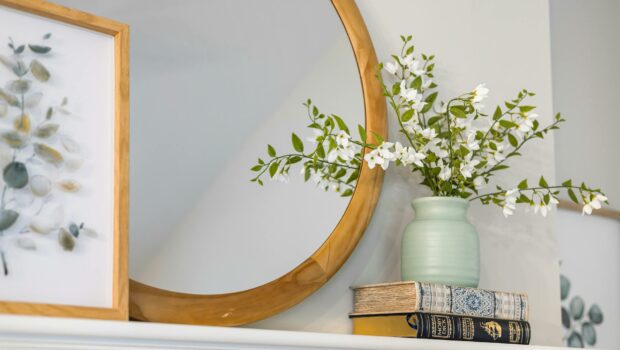

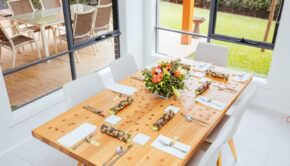












Fantastic read! This article does an excellent job of breaking down what smart homes are and how they’re transforming modern…